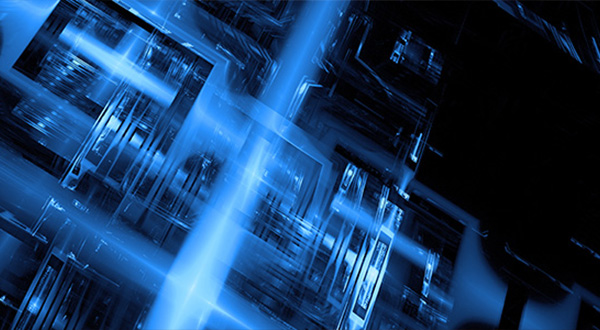Data aggregation in IoT: A comprehensive guide to empowering innovation and revolutionary insights
In the era of big data, where information is the new currency, data aggregation has taken centre stage. However, the real magic happens when data aggregation meets the world of the Internet of Things (IoT). Collecting data from connected devices and Wireless Sensor Networks (WSNs) is a fundamental aspect of the IoT landscape. Obtaining data from various sources is critical for gaining valuable insights, fostering innovation, and enhancing system performance.
What is data aggregation?
In layman’s terms, data aggregation is collecting and efficiently gathering data from various sources into a more digestible and insightful format. The goal is to generate meaningful patterns and actionable insights to drive strategic decision-making. In the context of IoT, the idea remains the same but with a much broader and more complex scale of operation.
The role of IoT in data aggregation
The Internet of Things (IoT) is an innovative network framework with many interconnected devices. From our home appliances to smart vehicles and industrial machinery, these IoT devices are in a constant state of activity, creating a relentless data flow.
The significance: Why is data aggregation essential in IoT?
When the Internet of Things (IoT) intertwines with big data, it forms a potent blend that provides considerable benefits, delivering tangible value to businesses and individuals alike. This synergistic alliance empowers a multitude of benefits, from bolstering decision-making to amplifying operational efficiency and refining customer experiences. By methodically harvesting and analysing data from IoT devices, organisations can unlock a treasure trove of insights that fuel growth and bolster competitiveness.
Implementation of data aggregation in IoT
Implementing data aggregation in the Internet of Things (IoT) is an intricate process involving several steps:
Benefits of data aggregation in IoT
Scalability
Data aggregation in IoT enables organisations to handle large volumes of data generated by numerous connected devices. It ensures scalability, accommodating the increasing demands of IoT deployments.
Improved efficiency
Data aggregation eliminates the need for manual data collection and analysis, saving time and resources. It streamlines processes, identifies bottlenecks, and enables proactive maintenance, leading to improved efficiency.
Predictive analytics
Aggregated data can be utilised to implement predictive analytics models, enabling organisations to anticipate and mitigate potential problems, optimise resource allocation, and enhance business processes.
Actionable insights
Aggregating data from various IoT devices allows for the identification of patterns, trends, and correlations. These insights enable organisations to optimise their operations, identify opportunities, and make data-backed improvements.
Improved security
Data aggregation can enhance security by centralising data management and implementing robust security measures. It allows for easier detection of anomalies or potential security breaches across the entire IoT network.
Integration & interoperability
Aggregating data from diverse IoT devices and platforms promotes interoperability and seamless integration. It allows for a unified view of operations, simplifies data integration, and enables collaboration across different systems.
Personalised experiences
Data aggregation in IoT facilitates the collection of user data, preferences, and behaviour. This information enables organisations to deliver customised services to their customers.
Real-time monitoring
Aggregating data in real-time enables organisations to monitor their IoT ecosystem in real-time. This facilitates prompt responses to anomalies, issues, or emerging opportunities.
Enhanced decision-making
By aggregating data from multiple IoT devices and sources, organisations gain a holistic view of their operations, enabling more informed and data-driven decision-making.
The future of data aggregation in IoT
Conclusion
The era of IoT presents endless possibilities, and data aggregation serves as a cornerstone for achieving ground-breaking insights and fuelling innovation. As technology advances, organisations must continue exploring new avenues and methodologies to optimise data aggregation in IoT, ultimately leading to improved efficiency, enhanced decision-making, and transformative outcomes.


